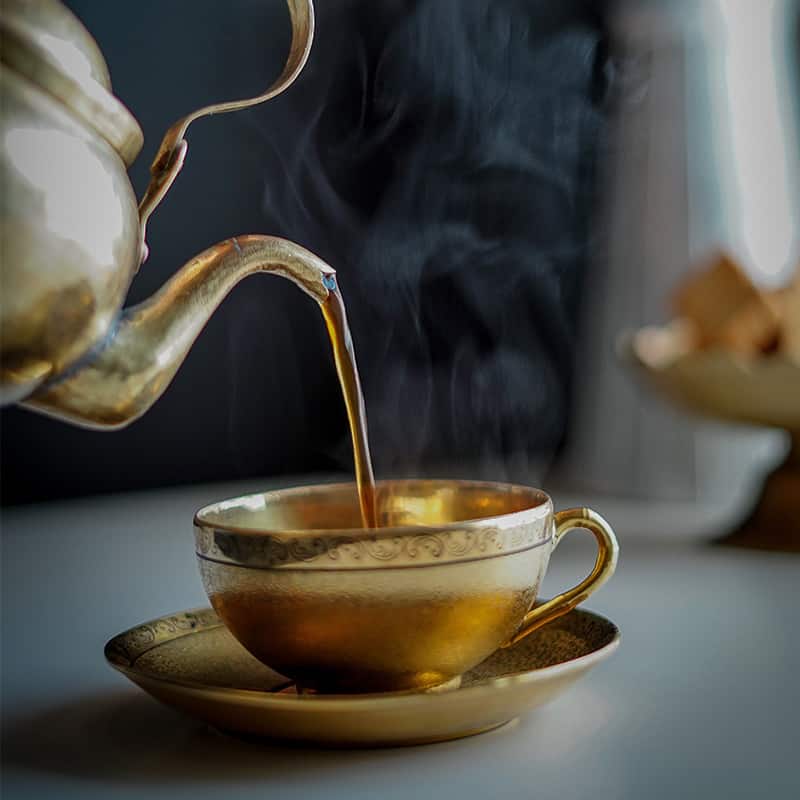History of Ceylon Tea
Ceylon Tea has a long and prestigious history. The tea story of Sri Lanka started to unveil since 1867 with James Taylor also known as the “Father of Tea” laying the foundation by starting a 19-acre tea plantation. This happened when coffee was at a declining state.
As the years were passing by there was a significant improvement in the tea trade while more and more people started to join.

James Taylor arrived in Sri Lanka in 1852. He settled down at the Loolecondera Estate, Galaha.
He began a 19-acre tea plantation in 1867 on the Loolecondera Estate. It laid the foundation for what would become Sri Lanka’s largest export industry for over a century.
Ceylon Tea was sold at the London tea auctions at an astonishing price of LKR 36.15 per lb in 1891. James Taylor who is the pioneer of the tea industry in Ceylon died at the age of 57 in 1892.
A significant increase in production was made during this period. By the end of 1899, nearly 400,000 acres of land was already under tea cultivation.
1915 was a historic year because Mr. Thomas Amarasuriya who was the first-ever Sri Lankan was appointed as the Chairman of the Planters’ Association.
Higher standards were prescribed to prohibit the export of inferior quality teas. Ceylon was announced as a founding member of the International Tea Market Expansion Board (ITMEB) in 1935.
M/s Pieris & Abeywardena which was the first Ceylonese Tea brokerage firm was set up in 1941. The Ceylon Estate Employers’ Federation was found in 1944.
Export Duty started to be levied on tea from 1951. In 1955, the cultivation of the first clonal tea fields began. It is a method of controlling plant breeding to produce the best strains of tea.
The State Plantations Corporation was established in 1958. Sri Lanka became the largest exporter of tea in the world in 1965. The first International Tea Convention to celebrate 100 years of Ceylon Tea was held in 1966.
The Sri Lankan government nationalized and took over privately held tea estates from 1971 to 1972. In 1976 exportation of tea bags began.
In 1980, Sri Lanka was the official supplier of tea at the Moscow Summer Olympic Games also for the Brisbane Commonwealth Games in 1982. Sri Lanka began importing tea for blending and re-exporting in 1981. In 1982 the production and export of green tea started.
To commemorate 125 years of Ceylon Tea, an international convention was held in Colombo in 1992. The Tea Research Board was formed. Export duties and Ad Valorem Taxes were abolished.
In 1993, state-owned tea estates were returned to the private sector. In 1997, tea exports from Sri Lanka reached 250,000 metric tons.
The Tea Association of Sri Lanka was formed in 2002. In 2007 Ceylon Tea celebrated 150 years of tea-producing history.
Ceylon Tea has an ongoing story that can be unfolded to future generations if you keep loving every cup of tea you taste.
